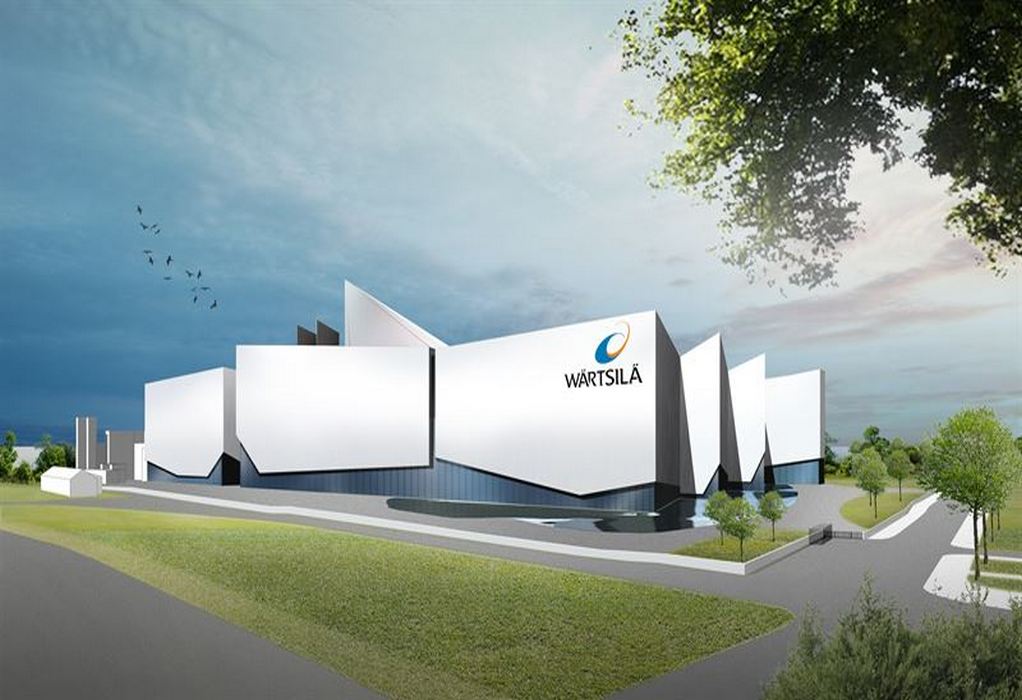The technology group Wartsila, together with class society RINA, ABB, Helbio – a subsidiary of Metacon AB, the Liberian Registry, and energy major on Thursday (25 November) said they have joined forces in an effort to deliver a solution with hydrogen as a bunker fuel.
The collaboration aims to have a scalable and sustainable solution that will exceed the IMO 2050 target for a 70 % reduction in carbon intensity without the need for an extensive infrastructure investment.
The investment will offer the shipping industry a pathway to low-carbon operations within a reasonable time frame. Current difficulties and cost considerations regarding the production, distribution, and onboard storage of hydrogen have so far limited the sector’s interest in its direct use as a marine fuel.
However, by producing hydrogen onboard, and using readily available liquefied natural gas (LNG), the solution becomes far more viable and in a much faster time than would otherwise be possible, it states.
“Our gas engines are already able to use mixtures of hydrogen and LNG, and our future efforts will be to reach 100% hydrogen fuel. We are totally committed to supporting in every way possible the decarbonisation of shipping operations,” says Lars Anderson, Director, Product Management & Sales Support, Wärtsilä Marine Power.
“This project is one more example of this commitment, and we are very pleased to be partnering with other stakeholders to make the IMO 2050 target achievable. This project will give owners a real chance to stay ahead of the competition in terms of efficiency and sustainability.”
The concept is based on combining LNG with steam to produce hydrogen and CO2. The hydrogen produced will be used directly in a mix with natural gas in internal combustion engines or in fuel cells, thus eliminating the need for hydrogen to be stored onboard.
The carbon dioxide (CO2) will be liquefied using the cryogenic stream of LNG that would be used as fuel anyway, and later disposed ashore for carbon storage. Tankers can use the stored CO2 as inert gas during discharge.
The necessary equipment can easily be fitted on the deck of a commercial vessel. The innovative concept will support the marine sector’s gradual transition from LNG to hydrogen, without any major adjustments to a vessel’s onboard technologies.
Only LNG bunkering will be required and, by progressively increasing the production of hydrogen, the consumption of fossil methane and associated methane slip will be reduced at the same rate, said Wartsila.
Wärtsilä and ABB will support the application of hydrogen in powering internal combustion engines and fuel cells respectively, while Helbio will provide the technology and manufacturing of gas reformers.
RINA and the Liberian Registry will provide advice and guidance on the application of rules and regulations for novel concept alternative designs, based on Hazid/Hazop analysis, as well as specific rules for the kind of arrangement.
Source: https://www.manifoldtimes.com/
Tags: Decarbonisation, Hydrgen fuel, IMO 2050 target, RINA, Wartsila



Recent Posts
Scandlines Nears Delivery of Zero Emissions Ferry Following Successful Sea Trials
India faces emission roadblocks with rising net-zero demands
Green Energy Resources invests in two electric Liebherr LHM 550
NYK Launches Continuous Use of Bio LNG Fuel on Car Carriers to Advance Decarbonization Goals
Yang Ming Expands Fleet with Methanol and LNG Dual-Fuel Vessels Under Fleet Optimization Plan
ClassNK Advocates Speed Gap Monitoring to Optimize Fuel Efficiency in Heavy Weather
Wärtsilä’s retrofit package for the Corsica Linea ferry Pascal Paoli has resulted in fuel savings of up to 22 percent Corsica Linea
COSCO Shipping Names Second Methanol Dual-Fuel Containership in Yangzhou